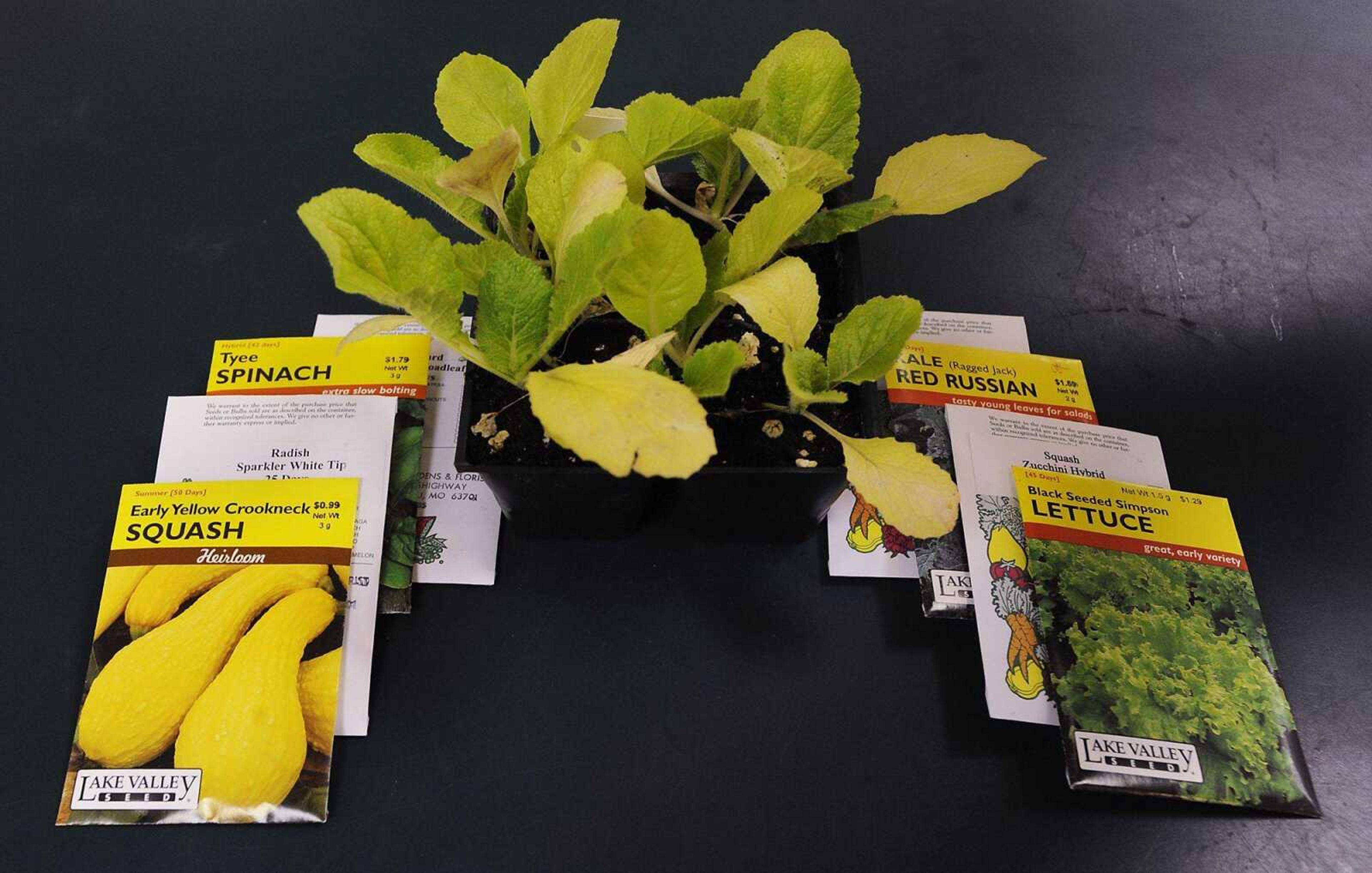Marilyn and I just got back from a 2,500-mile road trip through the heart of the United States. It is dry, dry, dry. Crops are scorched if they were not irrigated. Evidence of brush and range fires was obvious in several locations. What a year.
The trip was made to attend a family reunion and then to visit the other side of the family members. Many of them are farmers. They talked about how dry it is, and how the drought will affect their income for the year.
I assumed my farming relatives would be emotionally down. But I found that most of them were talking about what to do next spring or what to do this fall. I guess a farmer has to be an eternal optimist to be in the business they are in.
Listening to local vegetable gardeners after our return, I hear the same conversations. They are planning what they are going to do this fall. Here is what I am hearing.
* Turnip seed is in high demand. Gardeners are currently planting to produce those large globe turnip bottoms for harvest later this fall. A plain slice of fresh turnip is very tasty. Of course turnips store well, so they can be a delicacy for your table long into the winter.
* Blue Lake bush green beans can still be planted since they are a 58-day variety (it takes 58 days from planting to harvest). Planting now will allow enough time to produce before cold weather occurs.
* Bedding plants of cole crops such as cabbage, cauliflower and broccoli will do well if transplanted now. These plants like to grow when fall temperatures start to drop. They can withstand frost, so even if we have a cooler than normal fall, they will do fine.
* Greens such as collards, kale, mustard and lettuce can be sown from seed for early to late fall harvest. Don't forget radishes, squash and cucumbers, normally planted in the spring, can also be planted now for fall harvest.
The current drought will require you to do some watering after planting your fall garden. Don't go out every day and water for a few minutes. You should water at most, once a week, for the equivalent of one inch of rainfall.
Don't let the current drought keep you from enjoying a fall garden. Be an optimist like all of my farming friends.
Send your gardening and landscape questions to Paul Schnare at P.O. Box 699, Cape Girardeau, MO 63702-0699 or by email to news@semissourian.com.
Connect with the Southeast Missourian Newsroom:
For corrections to this story or other insights for the editor, click here. To submit a letter to the editor, click here. To learn about the Southeast Missourian’s AI Policy, click here.










